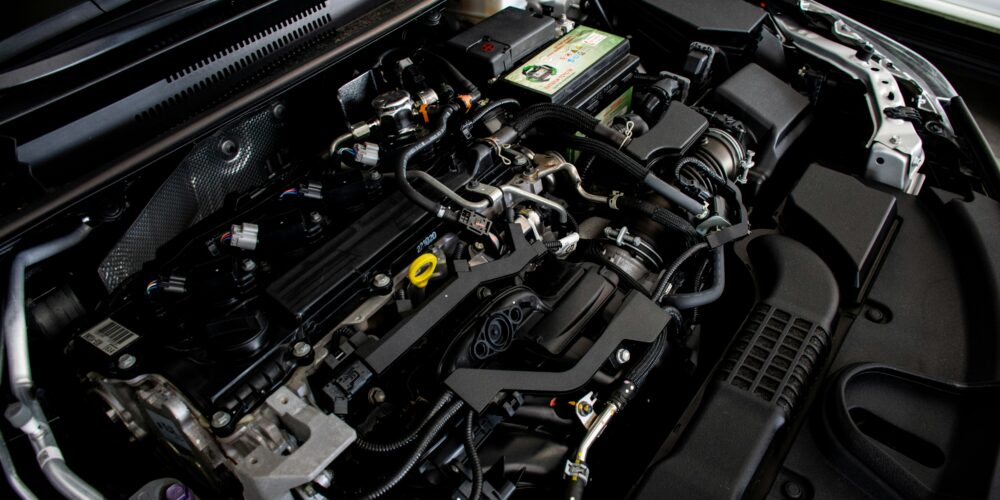Continuously Variable Transmissions (CVTs) have grown in popularity thanks to their smooth acceleration and improved fuel efficiency. However, despite these benefits, CVTs have reportedly developed a reputation for reliability issues. If you own a vehicle with a CVT or are considering one, it’s important to understand the common problems associated with these transmissions so you can know what to look out for and be prepared.
Overheating and Premature Wear
One of the biggest issues with CVTs is overheating, which can lead to excessive wear and, as a result, transmission failure. Unlike traditional gearboxes, CVTs rely on belts and pulleys that generate a lot of heat, especially under heavy use. Drivers may notice sluggish acceleration, an unusual whining noise, or even a burning smell if the transmission is overheating.
To avoid this, regular transmission fluid changes are essential. CVTs require specific types of fluid, and using the wrong one can accelerate wear. Avoiding aggressive driving and ensuring your vehicle’s cooling system is working properly can also help extend the life of your transmission.
Slipping and Jerky Acceleration
A well-functioning CVT should provide seamless power delivery but when things go wrong, you might notice hesitation or a jerky feel when accelerating. This could be due to worn-out belts inside the transmission, contaminated fluid, or a malfunction in the transmission control system.
If you experience these symptoms, it’s best to get your transmission checked as soon as possible. Delaying repairs can make the problem worse and lead to more costly fixes.
Unusual Noises
While some CVTs naturally produce a whine, any sudden changes in noise—such as rattling, grinding, or excessive humming—could indicate a problem. These sounds often point to internal wear, such as stretched belts or failing bearings. Ignoring unusual noises may result in serious damage, making routine servicing essential.
Delayed Response or Total Failure
A failing CVT may struggle to engage properly when shifting into drive or reverse. In more severe cases, it might stop working entirely. This is often caused by internal wear, degraded fluid, or an electrical fault in the transmission control unit.
If your car hesitates when shifting or feels sluggish, addressing the issue early can prevent a complete breakdown. Some manufacturers offer software updates that can improve CVT performance, so checking for available updates might be a good first step.
High Repair Costs and Limited Lifespan
One of the biggest downsides of CVTs is their expensive repairs. Unlike traditional automatics, which can often be repaired in sections, CVTs tend to require full replacements once they fail. Some drivers find their CVT needs major work far earlier than they’d expect, especially if maintenance has been neglected.
To get the most out of your CVT, regular servicing is key. Using the correct transmission fluid, driving smoothly and avoiding excessive towing or overloading can all help extend its lifespan.
While CVTs offer efficiency and a smooth driving experience, they require proper care to avoid costly failures. If you notice sluggish performance, slipping, or unusual noises, don’t ignore them—early intervention can save you from a hefty repair bill. Regular maintenance and careful driving habits are the best ways to keep your CVT running smoothly for years to come. For support or to book your vehicle in for maintenance, we are on hand to help. Simply get in touch with us to book your appointment, today.

